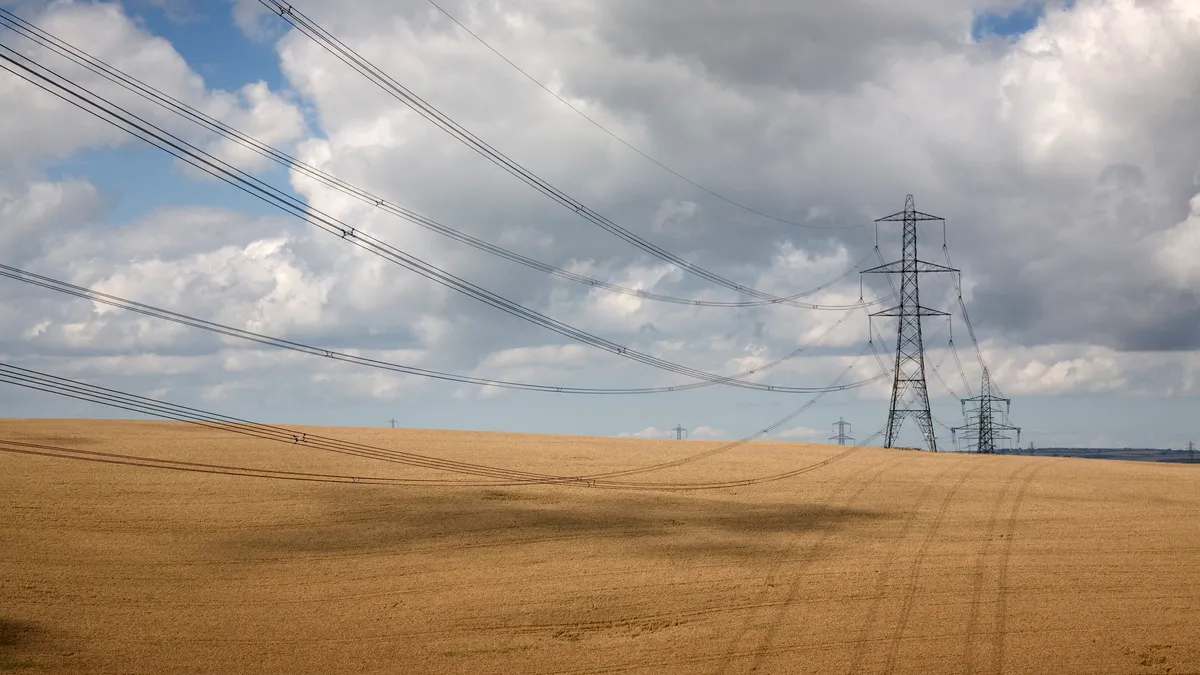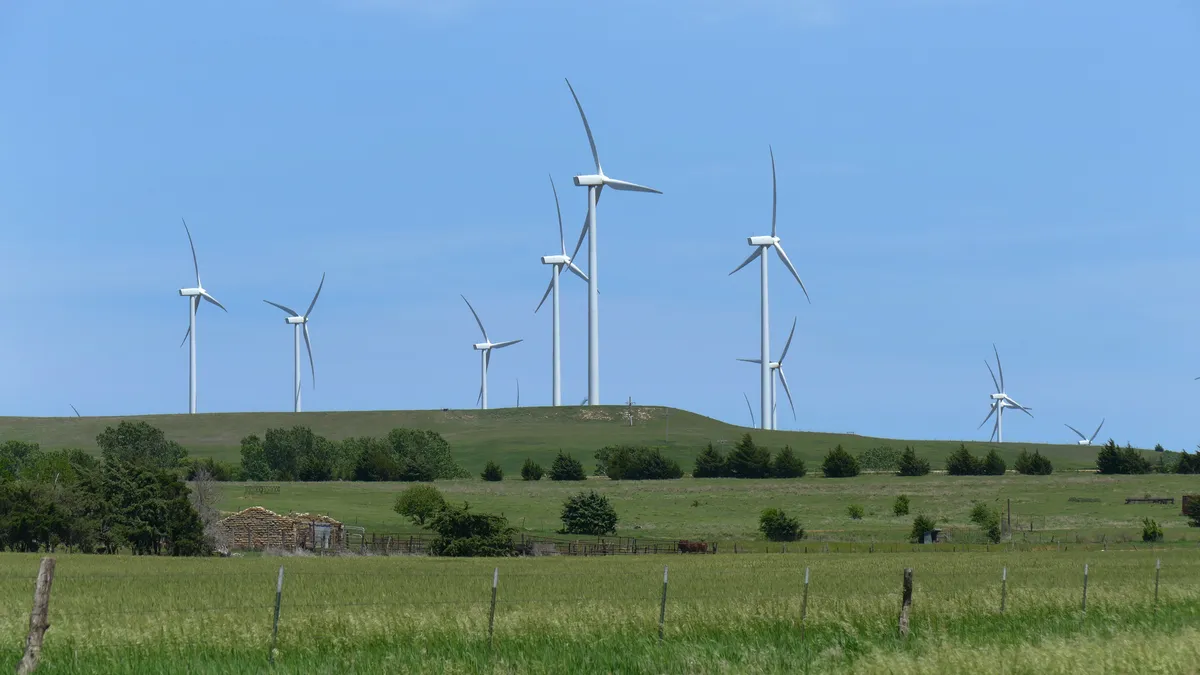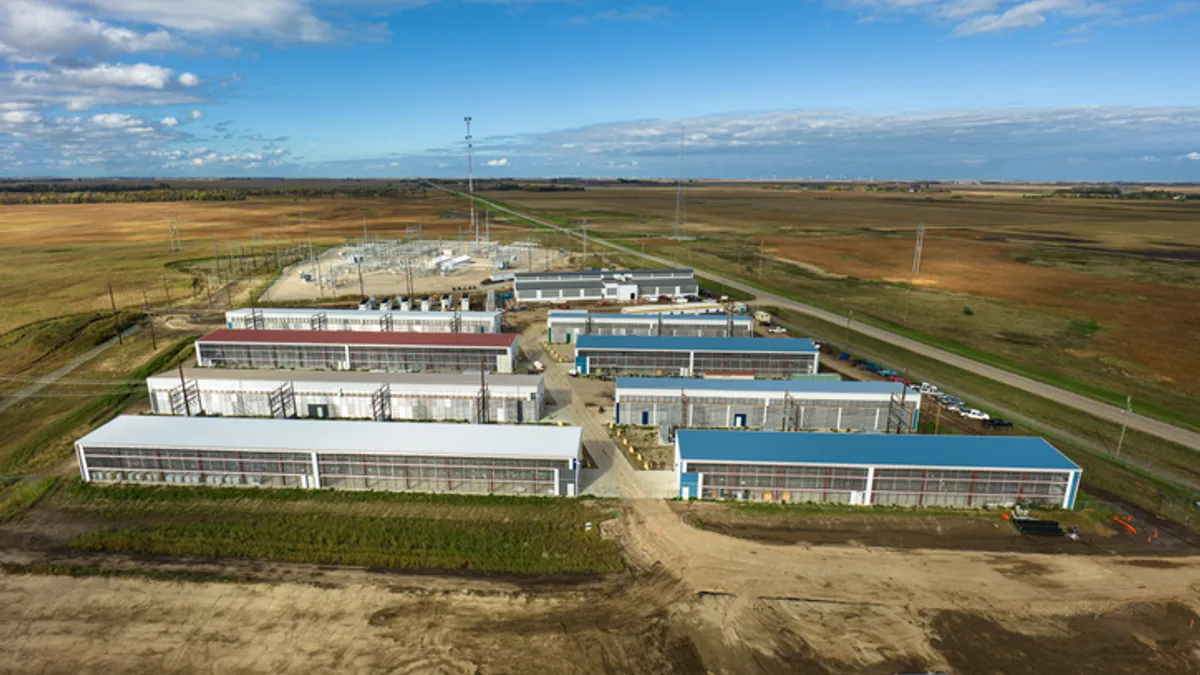The following is a contributed article by Ari Peskoe, director of Harvard Law School's Electricity Law Initiative.
FERC’s new transmission proposal would push utilities to embrace a bolder vision of transmission development. The trillion dollar question is whether FERC’s rules will lead utilities to actually invest in new infrastructure that they would not otherwise build.
For FERC’s rules to be successful, they must overcome utility incentives to overlook cost-saving technologies, prioritize local projects over regional investments, and thwart development of projects that might threaten their generation interests.
Regulatory action is needed to reverse trends in transmission investment. Rather than expanding transmission to increase interconnectedness, utilities have recently been mired in small-scale projects that often simply rebuild last century’s grid.
FERC proposes to address the lack of regional transmission expansion by requiring utilities and Regional Transmission Organizations (RTOs) to project long-term transmission needs due to the changing generation mix, shifting demand patterns and extreme weather, and plan expansion projects that can meet those needs. FERC also expects planners to consider whether advanced technologies can displace or augment traditional transmission infrastructure.
The proposal includes two features that might counteract utility incentives and could translate FERC’s procedures into steel in the ground: 1) directives that planners account for specific factors that drive long-term transmission needs and 2) robust involvement of state utility regulators. After explaining why these two features could increase the likelihood that utilities will develop projects in response to FERC’s rule, I suggest two changes that might improve the rule’s effectiveness.
Why aren’t utilities building big transmission projects?
Transmission is the industry’s nervous system that enables utilities, generators, and consumers to coordinate operations and collectively improve the industry’s efficiency. Utilities have historically extended their transmission networks to meet industry challenges. In the 20th century, new transmission connected neighboring systems and new power plants, enhanced reliability, and facilitated regional trading. Today, further transmission expansion is needed to exploit remote energy resources and enable a more flexible network that can keep increasingly complex systems in balance and able to withstand severe weather or other disruptions.
But utilities are not investing in the large-scale expansion projects we need. Over the past decade, development of regional projects — meaning transmission expansion that benefits ratepayers of multiple utilities — has all but disappeared. Instead, utilities have spent money on small-scale projects within their local service territories. Regional planning exists only in RTOs, and has focused on short-term issues.
The lack of long-term planning and large-scale development reflects utilities’ local biases. A hundred years ago, states created utilities to provide reliable, low-cost power to local consumers. Utilities built transmission primarily inside their own service territories and then expanded outward. Today, bolstering their existing local systems and rebuilding aging infrastructure are low-risk ventures that provide predictable profits. Large-scale regional development is more challenging and typically does not provide any higher returns.
For some utilities, regional transmission can even be unprofitable. While a utility would earn a regulated return on a transmission investment, the project might nonetheless result in a net loss if it exposes the utility’s power plants to competition. Regional transmission can both harm existing utility generation assets and break the utility’s local generation monopoly by opening the local market to non-utility investment in new power plants.
The lack of financial incentives for large-scale transmission are reinforced by the lack of accountability for neglecting regional investment. State regulators are naturally focused on local issues. Insufficient regional transmission can be difficult to diagnose and even harder to remedy. Many state regulators simply do not have the capacity or authority to investigate how inadequate interconnectedness harms local ratepayers or to order a utility to address deficient regional investment.
Moreover, FERC now concedes that its current transmission development rules provide utilities with “perverse incentives” that have led utilities to prioritize local projects over regional investment. To address the lack of accountability in regional transmission development, ten years ago FERC required that certain regional projects be developed through competitive processes. But because FERC’s rules allowed utilities to continue to monopolize local projects while forcing them to compete for the opportunity to develop large-scale projects, FERC now concludes its rules “did not adequately encourage” utilities to “develop and advocate for” regional investment.
Replacing transmission competition with planning directives and state engagement
Rather than attempt to eliminate these perverse incentives and restrict utilities’ abilities to obstruct beneficial regional planning, FERC proposes to instead grant utilities the rights to develop all new regional projects, so long as they partner with each other (or another developer) on each project. Jettisoning competition and gifting to utilities exclusive opportunities to spend ratepayer money on large-scale projects might be sufficient to encourage utilities to spend more on regional transmission.
After all, without competition, utilities can cartelize transmission by partnering with each other to build projects that satisfy the industry’s pecuniary interests, regardless of effects on power markets or consumers. Those investments may be sub-optimal, but some regional projects, one might surmise, are better than no regional investment whatsoever.
FERC’s proposal offers two potential antidotes to utility control.
First, FERC would direct utilities and RTOs to use certain planning parameters, such as a 20-year planning horizon, and consider specified factors that drive transmission needs, including state laws, technology cost trends, and corporate demand for renewables, with the goal of ensuring that utilities produce plans that reflect best estimates of long-term transmission needs.
FERC’s earlier rules said little about planning goals or methods, omissions that FERC now concedes allowed planners to adopt disparate approaches that led to inefficient, piecemeal transmission development. FERC also draws from industry best practices to propose a menu of benefits planners can use to evaluate whether a proposed project meets a cost-benefit threshold and is therefore included in a transmission plan.
Specificity about the planning process could narrow opportunities for utilities to conduct check-the-box exercises designed to avoid identifying viable projects. Utilities have their own visions, motivated by internal strategic goals, for transmission expansion and capital deployment. While some utilities might welcome FERC’s rule as a justification for additional capital spending, other utilities will oppose any attempt to impose transmission plans that significantly deviate from their own objectives. Despite FERC’s proposed specificity, these utilities may still be able to fine-tune their long-term studies to ensure they match their existing, internal plans.
Second, FERC proposes that state officials agree on project selection procedures and assign development costs among the region’s ratepayers. RTOs and utilities currently relegate state utility regulators and other officials to mere stakeholders who can provide input into the planning process alongside numerous other interest groups and market participants. Elevating state officials might better equip them to scrutinize utility plans. Because state officials, and in particular utility regulators, have broad authority and influence over utilities, their involvement in the planning process might provide meaningful direct oversight.
FERC’s proposal does not explicitly connect state involvement to utility accountability. Rather, FERC Commissioners have emphasized that state buy-in is essential for the sort of large-scale transmission expansion FERC envisions. The proposal thus reflects a compromise that is designed to elicit broad support and lead to meaningful results while also allowing utilities and states to tailor outcomes.
While recognizing that FERC has attempted to balance competing interests, I suggest two modest changes that could create a more effective final rule.
First, FERC should specify a minimum set of benefits for assessing transmission projects. Under FERC’s proposal, planners may be able to discard viable projects by assuming they provide only one type of benefit (such as improved reliability). This is not a speculative concern — utilities are already doing it, and we know that this approach is wrong. Transmission provides numerous quantifiable benefits that FERC suggests in the rule, plus benefits that FERC has not included in its proposal (i.e., CO2 emissions reductions) as well as more speculative benefits, such as optionality and flexibility.
Second, FERC should let state regulators decide whether transmission should be developed competitively. Regions have taken different approaches on competition. In New York and California, RTOs and state regulators have facilitated successful competitive processes. In New England, state officials are generally pro-competition and have urged the RTO and FERC to provide them with greater roles. In PJM, competition worked for several years until it mysteriously disappeared.
Other regions, however, have sided with utilities and made competition unworkable. While I believe that FERC has a legal obligation to push back against those anti-competitive state laws, acceding to utilities was clearly a core part of FERC’s compromise proposal. FERC could nonetheless leave the decision about the scope of competition up to state regulators, recognizing that a uniform national approach is unwarranted.
FERC has bigger plans
Modernizing transmission development is a massive undertaking, and last month’s proposal is an important milestone. But there’s much more to do. Around the country, generator interconnection rules and interregional transmission development fail to reflect the industry’s needs. Other issues, such as whether to incentivize advanced technologies or adapt operational rules to accommodate modern generation technologies, could ultimately be on FERC’s agenda.
FERC’s primary job is to protect consumers by improving industry performance. Regional transmission investment can provide numerous benefits to consumers, and improving development prospects is therefore among FERC’s most important tasks. As it turns its proposal into a final rule, the challenge before FERC is to ensure that transmission development is guided by those consumer benefits and is not dictated by utility self-interest.





















